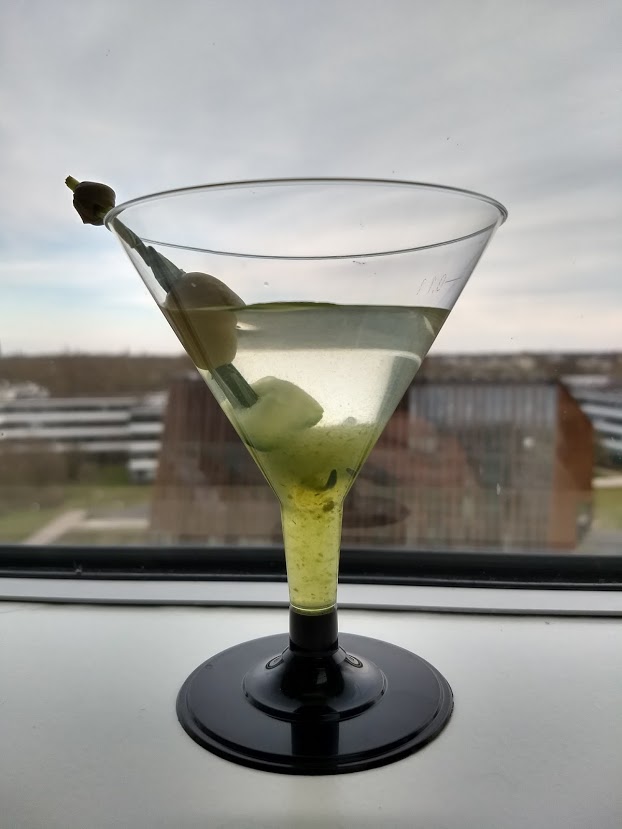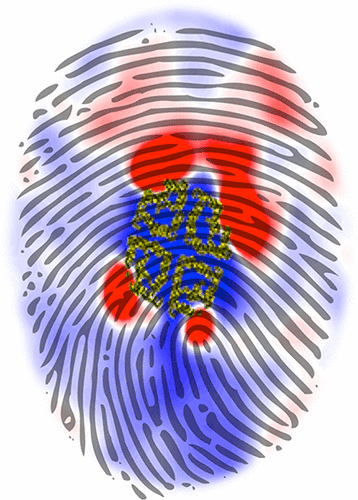A polarizable MARTINI model for monovalent ions in aqueous solution
- Details
- Last Updated: Thursday, 10 January 2019 11:41
 Ions are known to be tricky when it comes to molecular dynamics. A new polarizable model has been proposed which should have improved behaviour for highly charged models such as DNA and polyelectrolytes. The authors recommend its usage in combination with the refPol forcefield for Martini for best behaviour.
Ions are known to be tricky when it comes to molecular dynamics. A new polarizable model has been proposed which should have improved behaviour for highly charged models such as DNA and polyelectrolytes. The authors recommend its usage in combination with the refPol forcefield for Martini for best behaviour.
J. Chem. Phys. 149, 163319 (2018); https://doi.org/10.1063/1.5028354






























































































































































.jpg)